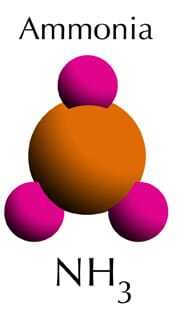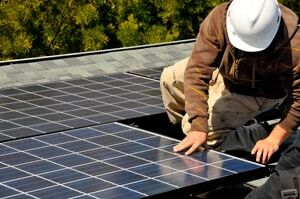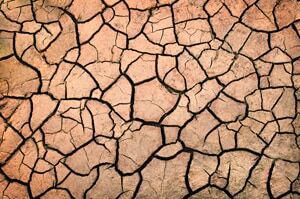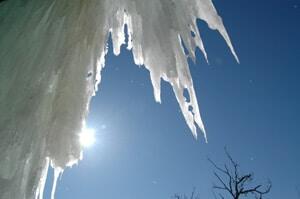 Today Envirosafe Solutions, suppliers of environmentally friendly liquids, takes a look at geothermal hotspots
Today Envirosafe Solutions, suppliers of environmentally friendly liquids, takes a look at geothermal hotspots
There was a time when a hotspot was not an internet Wi-Fi access point. A hotspot occurred when a lava vein got close to the surface of the earth and met an underground river. The water would boil and the pressure would create vents that reached the surface.
Steam would be vented through these natural release valves and you would have a geyser. At other times, you would have a pond, a small lake full of hot water or just a hot moist mud pond. How the heat surfaces is not relevant, what is relevant is presence of a constant source of heat and heat as we know, is energy that can be harnessed for a variety of purposes. The most common use of these natural heat vents is to generate environmentally friendly, electrical energy at a very cheap cost.1
To generate environmentally friendly electrical energy from a hotspot area, a pipe is inserted into the hotspot or geothermal area and water circulated through the pipe. Both ends of the pipe led to an electrical power plant. Water was fed through one end of the pipe and as it passed through the hotspot, it would get superheated and turn into steam. Pressurised steam would exit from the other end of the pipe. Pressurised steam would then rotate a turbine that generated electrical energy. The entire process of generating electrical energy from natural heat of the Earth was very environmentally friendly. 2
The US and Geothermal Vents
The United States alone has enough geothermal vents to produce 2000 times more electrical power then they need and that too, in a totally non-polluting environmentally friendly way. Unfortunately, geothermal vents are not evenly distributed all over the world. United States and Iceland are two regions that are blessed with the maximum number of geothermal vents. In most other places in the world, you would have to travel several kilometres vertically below the Earth’s surface before coming into contact with temperatures high enough to turn water into steam.
EGS – Enhanced Geothermal Systems
Fortunately, new technology aptly called “enhanced geothermal systems” or EGS has emerged that makes reaching these deep-Earth geothermal heats more cost-effective.
What scientists have done is to locate nearest source of underground heat and then pump water down. When water meets heat, it turns into steam and the steam makes its way back to the surface where it is harnessed via heat exchangers. The heat exchangers have a pipe that circulates water.
The heat exchanger transfers the captured heat to the pipe and in turn, the water in the pipe turns into steam that drives an electrical turbine and you will have generated electrical energy in an environmentally friendly way. 3
Generating electrical energy via the enhanced geothermal system method is not as efficient as being able to insert a pipe directly into a geothermal hotspot and generating environmentally friendly electrical energy. This is because a lot of water is needed. The water has not only to reach the place where the heat is, once it turns into steam, the heat has to rise up to the surface of the earth.
Along the route, it will lose some of the heat thereby reducing the efficiency of the system. In addition, the water that is pumped down into the Earth is not recoverable or reusable. This means that you need a continuous source of fresh water.
However, if there is a large source of fresh water nearby, this method of generating environmentally friendly electrical current has tremendous potential. 4
Envirosafe Solutions delivers quality eco friendly products to the Australian market. Eco friendly industrial liquids and environmental cleaning products can be green and also work as effectively as their less environmentally sound counterparts.
Speak with an Envirosafe Solutions assistant about the Extreme Green range. 1300 889070
Footnotes and references:
1. Finding a geothermal hotspot: http://www.treehugger.com/files/2007/12/easy_geothermal.php
2. Geothermal electrical energy: http://en.wikipedia.org/wiki/Geothermal_electricity
3. Enhanced geothermal systems: http://en.wikipedia.org/wiki/Enhanced_geothermal_system
4. Evaluation of EGS: http://www1.eere.energy.gov/geothermal/pdfs/evaluation_egs_tech_2008.pdf

































